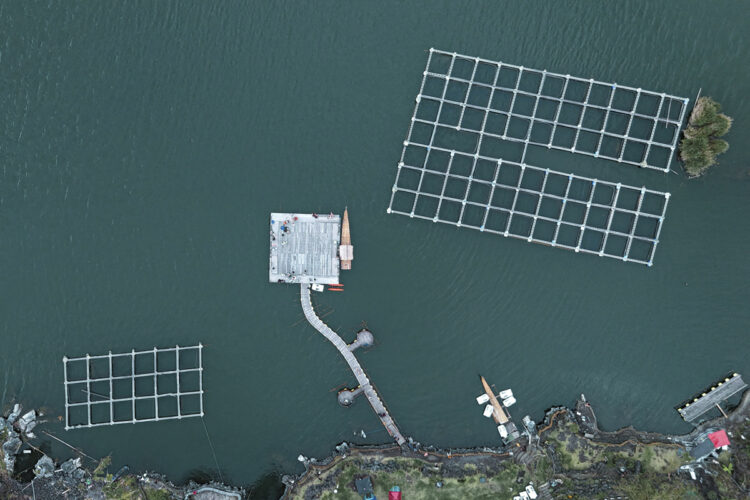
Mariculture is an aquacultural practice whereby ‘farmers’ cultivate marine species in their natural habitats. Credit: Pexels.com.
Dear EarthTalk: What is mariculture and why are proponents so bullish on it as a solution to environmental challenges?
—Peter Manchin, Atlanta, GA
May 30. Growing demand for seafood adds more pressure to ocean populations. Mariculture has an alternative that can help mitigate environmental challenges and even climate change. This type of aquacultural practice cultivates marine species in their natural habitats. Like conventional land-based agriculture, farms are carefully monitored and use a variety of pens, nets and cages to centralize the farmed species. Among the organisms are mollusks, crustaceans and finfish.
Background
Traditionally, seafood production involves catching these animals in their natural habitats, a process that entirely removes organisms from the ecosystem. If demand is high, overfishing can greatly disrupt the wild populations and reduce the long-term viability of seafood industries. Biodiversity will also plummet if this trend continues. In the 2022 Food and Agriculture Organization Report, researchers found that 35 percent of fish were overfished, causing many populations to decline and reach endangered levels
Mariculture is a very promising solution to these impacts due to its regenerative capabilities and controlled approach to food production. Most mariculture species are born in hatcheries or taken in small amounts from the wild, leaving the natural populations relatively untouched and free of any human-induced pressures. As Robert Jones, Global Aquaculture Lead at The Nature Conservancy, explains, “[Marine] aquaculture can be one of the more resource-efficient means of animal protein.”
Fighting climate change
There have also been developments toward transforming mariculture into a way to fight climate change. Since oceans absorb around 30 percent of carbon dioxide emissions, adding marine plants like seaweed to farms can accelerate this carbon sequestration.
That said, mariculture isn’t perfect. Farming in open waters can create a lot of waste from feces, uneaten food or chemicals. Also, accidents are much more detrimental to the ecosystem, causing disease spread and invasive species if the organisms ever get into the wild. Nonertheless, researchers continue to restructure their approach to mariculture.
A report by Ad Hoc Technical Expert Group on Mariculture noted how selecting farm sites with strong water circulation can help disperse waste and mitigate this issue. There has also been increasing supervision and protocols regarding farm species’ health, which can reduce the possibility of disastrous escapes.
To support mariculture and contribute to a future of sustainable seafood, make wiser seafood choices that promote responsible practices. The Monterey Bay Aquarium’s Seafood Watch can provide many helpful resources for finding sustainably sourced fish. You can also encourage businesses to adopt mariculture products or supporting investment and research to integrate mariculture.
CONTACT: Seafood Watch, https://www.seafoodwatch.org/.
EarthTalk® is produced by Roddy Scheer & Doug Moss for the 501(c)3 nonprofit EarthTalk. See more at https://emagazine.com. To donate, visit https://earthtalk.org. Send questions to: question@earthtalk.org.





What sustainable seafood should be on restaurant menus and available for purchase in stores? Which species should not be purchased nor eaten?
Posted by Constance | May 30, 2025, 12:27 pm